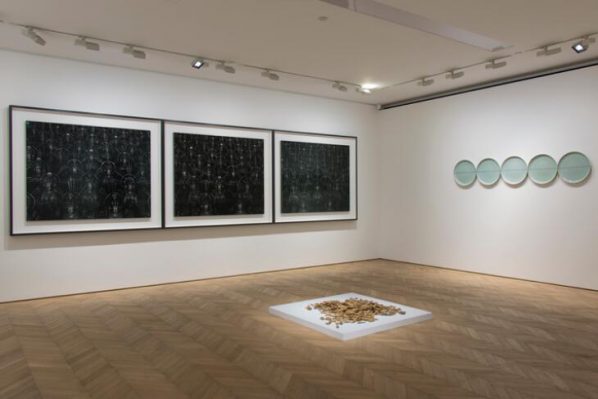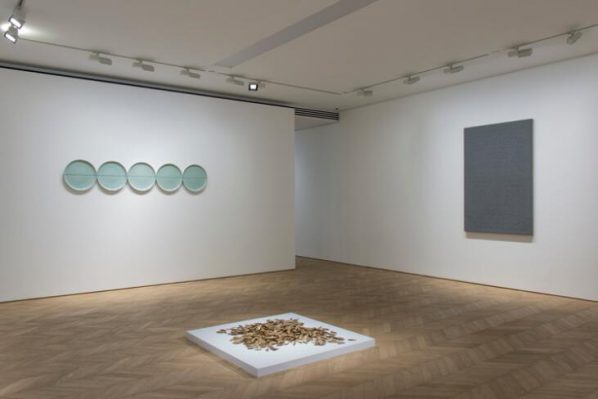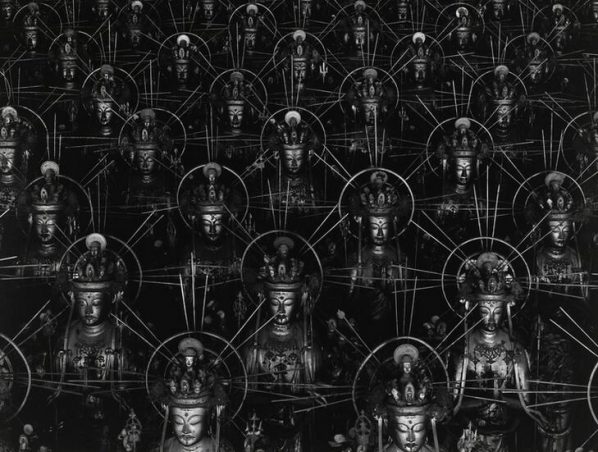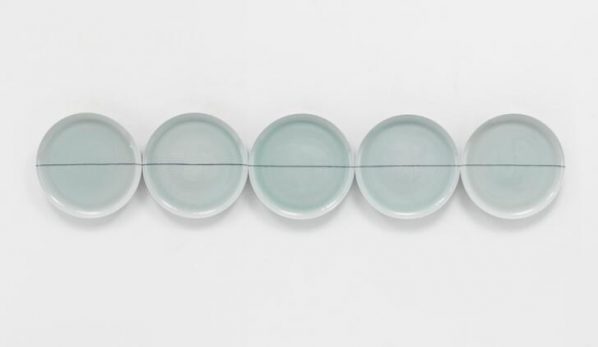
Pace Hong Kong presents the group exhibition Where Can the Dust Alight from October 1 to November 12, with a public opening reception from 6:00pm to 8:00pm on September 30. The exhibition, which features artists Hong Hao, Liu Jianhua, Song Dong, Hiroshi Sugimoto and Zhang Huan, explores the influence of Zen thought on visual and conceptual linguistic systems in contemporary art.
Through the works of these five artists, the exhibition reveals the profound influence of Eastern religious philosophical ideas on the artist's conceptual explorations. The rise of the avant-garde art movement in the 1950s and 60s led to a gradual decoupling of creative thinking from technique in favor of conceptual explorations. The Eastern religion of Buddhism, with its rich introspective philosophy and unique conceptual methods, provided the Western art world with many inspirations and challenges. In Asia, the cradle of Buddhist thought, the Zen thought deeply rooted in the culture would inevitably clash with the avant-garde artistic concepts from the West to create richly complex artworks. The exhibition Where Can the Dust Alight sets out from the works of different Asian artists to explore how Asian contemporary art is coming to new understandings of Zen thought and art forms, which are not only expressed in creative forms, but, more importantly, in new definitions of the meditative experience and the transformation of the role of the self in art.


Hiroshi Sugimoto, Sea of Buddha 001, 002, 003(Detail), 1995; gelatin silver prints, 119.4cmx149.2cm three prints each

Liu Jianhua, Untitled 2012, 2012; porcelain installation, 40.5x40.5cmx4.2cm each
Hong Hao and Liu Jianhua’s works are more conceptual presentations. In Hong Hao's new work Edged No.2, the artist collects dust in a natural state each day, presenting thoughts on vision through the emergence of forms in the dust. Liu Jianhua's Untitled 2012 series combines cloudy blue porcelain plates and cobalt glaze, utilizing subtle, intentional differences and contrasts to allude to the possibility of objective evaluation and recognition of things built on the foundation of everyday observation and accumulation. Here, the observation and cognition from everyday life have been deftly transformed into philosophical thinking and metaphor. Fallen Leaves, another porcelain work by Liu Jianhua featured in this exhibition, probes the forms of randomness.
About the exhibition
Dates: 2016.10.01 – 11.12
Venue: Pace Hong Kong
Address: 15C Entertainment Building, 30 Queens Road Central
Courtesy of the artists and Pace Hong Kong, for further information please visit www.pacegallery.com.




























